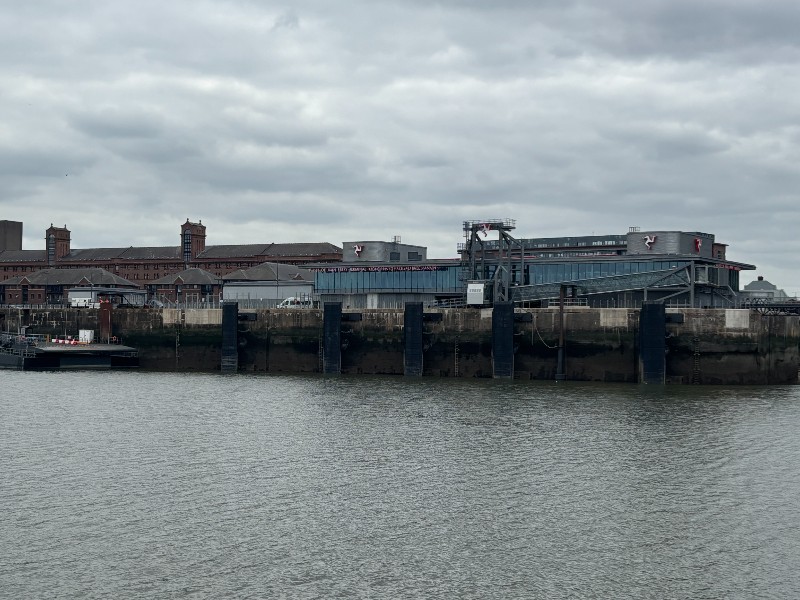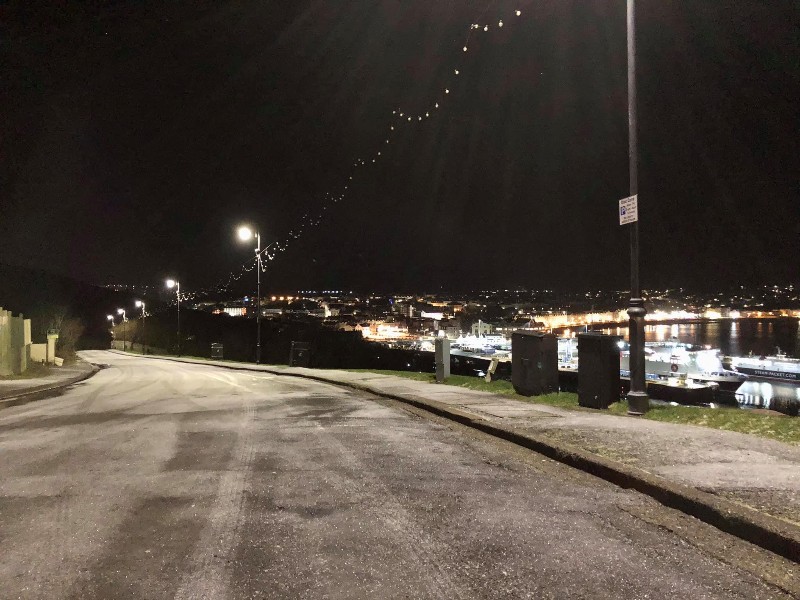
Manx National Heritage's proposal has seen a number of objections
A new visitor and staff centre for the Laxey Wheel has been approved by the planning committee.
Despite a number of objections, including from Garff Commissioners, the new facility will replace the hut which has been in place since the 1980s.
The case officer for the application told the hearing that the proposal will provide a ‘staff welfare’ area, as well as visitor facilities.
They also said a condition had been set to ensure it has a ‘sedum’ roof, which means it will be covered in grass and flowers rather than a black roof.
Manx National Heritage says the proposed facility will be ‘larger’ than the current hut, but ‘less intrusive’.
It will also be more wheelchair friendly with level access, whilst also providing more space for visitor information.
The hub will be clad in cedar panels to ensure it is ‘ancillary’ to the main tourist attraction and a more ‘prominent’ meeting place for groups.
Steve Blackford, Head of Properties at Manx National Heritage, said in the hearing that the centre will have a ‘low visual impact’ and will be built using the charity’s reserves.
Mr Blackford added that this type of building is common at heritage sites in the UK and the new structure will support the operations of the organisation more effectively.
However, Clerk at Garff Commissioners Martin Royle told the hearing that the local authority had decided to object to the plans because they wanted something ‘different’.
He added that the board would prefer it to be further down the car park.
Mr Royle also said the community want to see the ‘success’ of the wheel to drive footfall in the village.
Manx National Heritage’s building is also the subject of a Tynwald motion, which will be discussed next week.
John Wannenburgh is asking the organisation to withdraw its application for the visitor centre and replace it with a ‘sympathetic’ design which is ‘appropriate’ for the largest working water wheel in the world:
Member of the planning committee Adele Betteridge said it’s not ‘in keeping’ with the heritage area and it doesn’t have toilets for staff – who would have to use facilities elsewhere.
Meanwhile, member Helen Hughes asked Mr Blackford how long he expected the building to last, the response was 15 to 20 years.
Sam Skelton, another member, said the design was like a ‘summer house’ or shed and felt it wasn’t providing enough for staff.
However, the committee voted six in favour and one against for the design, and all were unanimously in favour of demolishing the existing hut.

 Isle of Man Ferry Terminal in Liverpool upgrade delayed again
Isle of Man Ferry Terminal in Liverpool upgrade delayed again
 Mountain Road to remain closed
Mountain Road to remain closed
 Extending MiCards could cost £60,000, says treasury minister
Extending MiCards could cost £60,000, says treasury minister
 Risk of frost and ice to remain until Friday
Risk of frost and ice to remain until Friday
 Children’s and Family Emmy nomination for Manx actor
Children’s and Family Emmy nomination for Manx actor